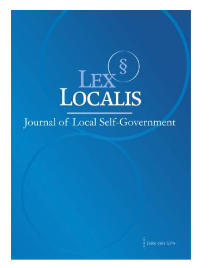APPROACH OF AGGLOMERATIVE CLUSTERING ALGORITHM FOR DEEP LEARNING-BASED SPATIAL AND TEMPORAL ROAD TRAFFIC DATA ANALYSIS
DOI:
https://doi.org/10.52152/800458Ključne besede:
Agglomerative clustering, deep learning, spatial-temporal analysis, road traffic, congestion forecasting, intelligent transportation systems.Povzetek
The rapid growth of urbanization and the increasing number of vehicles have made road traffic management a critical research challenge. Effective analysis of spatial and temporal traffic data is essential for reducing congestion, enhancing safety, and improving transportation efficiency. In this study, an agglomerative clustering algorithm is integrated with deep learning techniques to model and analyze complex traffic patterns. Agglomerative clustering is employed to group similar spatial–temporal traffic data segments, enabling the identification of hidden structures and congestion-prone zones. The clustered data is then processed using deep learning models to capture nonlinear dependencies and dynamic fluctuations in traffic flow. This hybrid approach leverages the unsupervised learning capability of hierarchical clustering to provide meaningful data partitioning while utilizing the predictive power of deep learning for accurate traffic state estimation. Experimental evaluations on real-world traffic datasets demonstrate that the proposed framework achieves significant improvements in pattern recognition, anomaly detection, and congestion forecasting compared to conventional methods. The results highlight the potential of combining agglomerative clustering with deep learning for intelligent transportation systems and smart city applications.
Prenosi
Objavljeno
Številka
Rubrika
Licenca
Avtorske pravice (c) 2025 Lex localis - Journal of Local Self-Government

To delo je licencirano pod Creative Commons Priznanje avtorstva-Nekomercialno-Brez predelav 4.0 mednarodno licenco.








